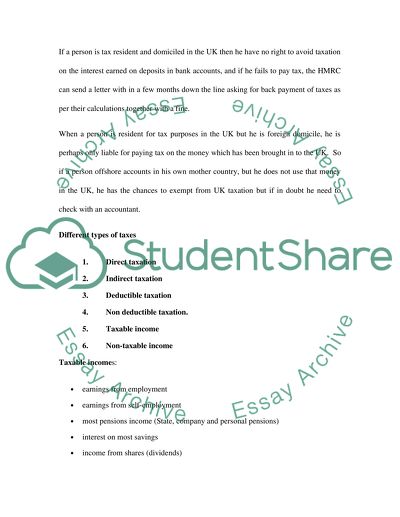Cite this document
(“Taxation and Tax Environment in the United Kingdom Essay”, n.d.)
Taxation and Tax Environment in the United Kingdom Essay. Retrieved from https://studentshare.org/finance-accounting/1506821-taxation-high-school-essay
Taxation and Tax Environment in the United Kingdom Essay. Retrieved from https://studentshare.org/finance-accounting/1506821-taxation-high-school-essay
(Taxation and Tax Environment in the United Kingdom Essay)
Taxation and Tax Environment in the United Kingdom Essay. https://studentshare.org/finance-accounting/1506821-taxation-high-school-essay.
Taxation and Tax Environment in the United Kingdom Essay. https://studentshare.org/finance-accounting/1506821-taxation-high-school-essay.
“Taxation and Tax Environment in the United Kingdom Essay”, n.d. https://studentshare.org/finance-accounting/1506821-taxation-high-school-essay.


